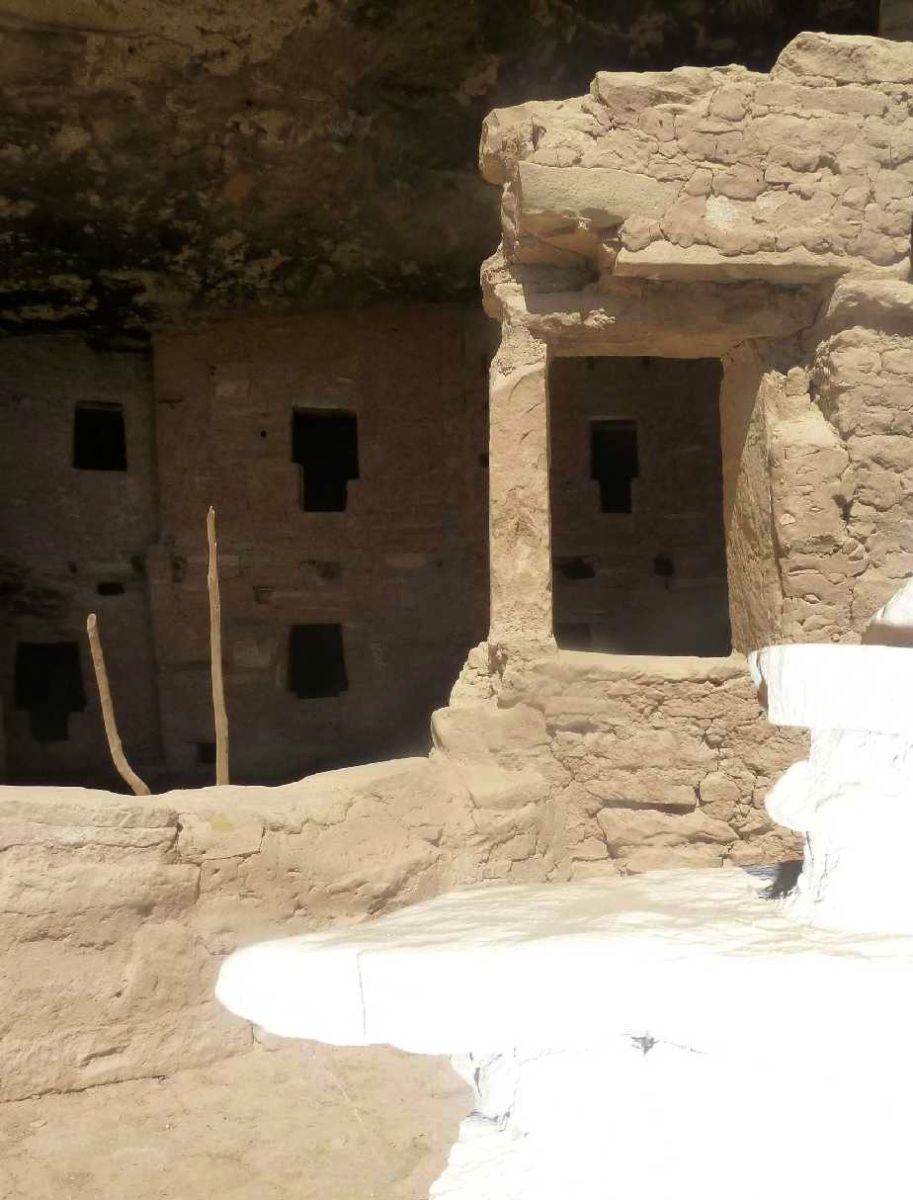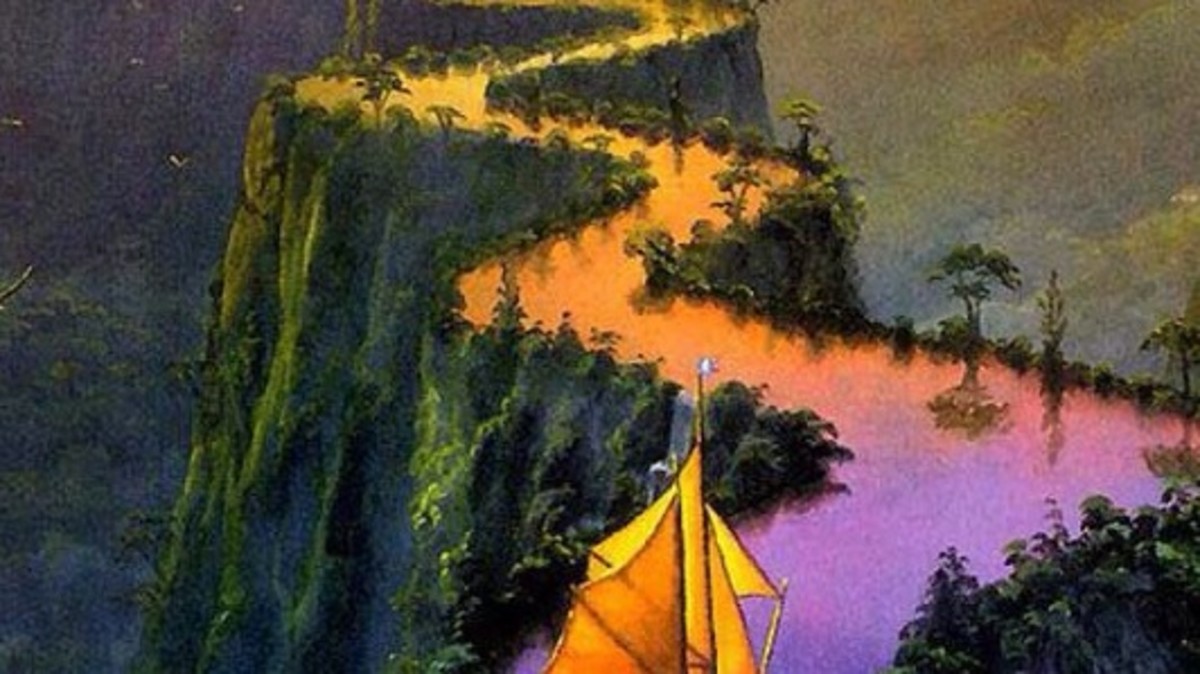Early Native American Urban Settlement: Ancient Mounds
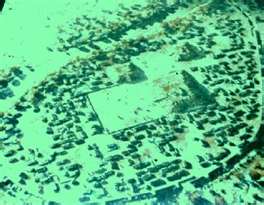
Check out these and other great titles
By Myranda Grecinger
The Etowah Mounds in Georgia are a prime example of early urban epicenters. There is some controversy concerning who built it initially but some history is known as to its inhabitants the Mississippians. The main physical feature of this ancient urban area was and continues to be the large man made mounds grouped in the area. There is a great deal of evidence regarding urbanization in this area such as evidence of trade, skilled craftsmen, religion and a complex political hierarchy. Though excavation in the area has slowed in recent years, one thing remains undoubtedly clear, the artifacts and information gathered there are now, have been and will continue to be crucial to gaining a better understanding of the history and culture of the tribes in that area as well as the area itself, educating archeologists and historians as well as the general public and giving them a clearer picture of the urbanization of Native civilizations.

The City
The ancient city at the Etowah Mounds is believed to have been home to several thousand Native Americans and have been actively inhabited for more than five hundred years (GDNR, 2012). It is believed to have been built sometime between 950 A.D. and 1450 A.D. though the identity of its architects is a bit debatable though it is believed to have been a creation of the Muskogee Creek Indians (Daniels, 2011). The area covers 54 acres and consists of a blend of structures and water ways such as six large mounds, a plaza, a housing area, deep pits and even a defensive ditch and a fish trapping area (GDNR, 2012). Each of these structures served a purpose for the urban community such as funerals and burials, rituals, and market area, all well suited for a long term social living environment.

Politics and Culture
The culture and political structure of the area’s inhabitants, the Mississippian Indians was intriguing to say the least, and certainly fitting for an urban civilization. The Mississippians were known to be a chiefdom society, meaning they were led by a chief and had a hierarchy of figures in governmental power. Interestingly, the site is quite possibly home to the first emergence of chiefdoms in Georgia (King, 2002). The system carried with it one major flaw, it was weak in that a chief could lose the faith of the people and be overthrown easily, making the system susceptible to turn over and continuous change. Chiefs were usually responsible for distributing food and thus ensuring the survival of the population. They often served as both the religious leader and a government head in their respective areas and were also charged with keeping up relations with neighboring communities and even employing citizens (SEAC, 2012). The importance of a chief in the Etowah society is evident and the political structure is impressive it is even believed that many were buried within the temple mounds, along with several intricately designed artifacts.
The people in Etowah were many, many whom were tasked with something imperative to the survival of not only the people but also the city itself. Several artifacts have been discovered baring remarkably intricate designs caved by craftsmen skilled in metallurgy and using complex tools such as carved figurines that most likely depict former chiefs or people who held other important political positions (Thomas, 1884). Other citizens were charged with fishing or gathering food from other sources. There were potters who crafted pipes and detailed statues, while still others were laborers responsible for maintaining and building the city. The people within the city were known to adorn themselves with jewelry and trinkets, many of which are still in existence today, a testament to the quality of the craftsmanship that went into them. There were temples for worship and ritual as well as gathering places for meeting and socializing. It is undeniable that the Etowah Mounds were once a bustling city, occupied by urban citizens.
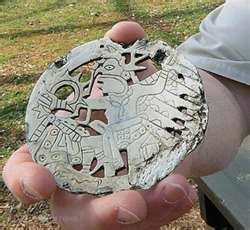
Controversy
Modern day Native Americans in the area have been involved in a constant battle to preserve and maintain the site as well as to petition the return of human remains taken from the graves at the funeral mound. The problems involved with the site at Etowah highlight the struggle to both save important archeological sites as well as to ensure that the information that can be gathered from each area is and that it is preserved for posterity and shared with the general public. Early Native American settlements are often unjustly viewed as small, rural, primitive or even uncivilized by some members of the general public, the Etowah mounds provide the perfect evidence to dispute this blatant falsehood and thus must continue to be investigated. While continued investigation may be complicated by the current controversy it is not completely impossible, non-evasive techniques are currently being employed and have been positively embraced by all sides, unfortunately, this type of investigation can only lead to the necessity for further digging which brings the situation back to the same stand still (Toner, 2008). Some concessions will have to be made on all sides so that an agreement can be made in order to thoroughly investigate this site and learn what can be learned from the location and the people that once resided there.
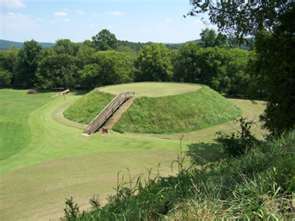
Conclusion
As of today it is believed that as little as nine percent of the area has actually been excavated, in recent years ground penetrating radar has shown more structures beneath the surface that were previously undetected, leading scholars to the realization that there is a great deal of the story left untold. While discussions over site preservation and debates over the reburial of human remains have slowed digging, certainly there is much left to learn about this amazing, early, urbanized culture (Toner, 2008). Features such as the culture’s political structure being a chiefdom at such an early date, such skill for its craftsmen so long ago, not to mention such an intricately designed city, clearly there is sufficient evidence to declare these mounds an ancient urban settlement that certainly deserves further attention, there are still far too many open questions regarding the culture and the city and so much to be gained from the answers.
References
1. Daniels, Gary C. (2011) Etowah Mounds: 1250 AD
http://lostworlds.org/etowah_mounds/
2. Georgia Department of Natural Resources (2012) Etowah Indian Mounds Historic Site
http://gastateparks.org/info/etowah/
3. King, Adam (2002) Etowah: The Political History of a Chiefdom Capital. Tuscaloosa, AL, USA: University of Alabama Press. p 15
http://site.ebrary.com/lib/ashford/Doc?id=10237179&ppg=15
4. SEAC (2012) The Mississippian and Late Prehistoric Period
5. Thomas, Cyrus, Science, The Etowah Mounds (Jun. 27, 1884), American Association for the Advancement of Science Vol. 3, No. 73 pp. 779-785
6. Toner, Mike (2008) City Beneath the Mounds





